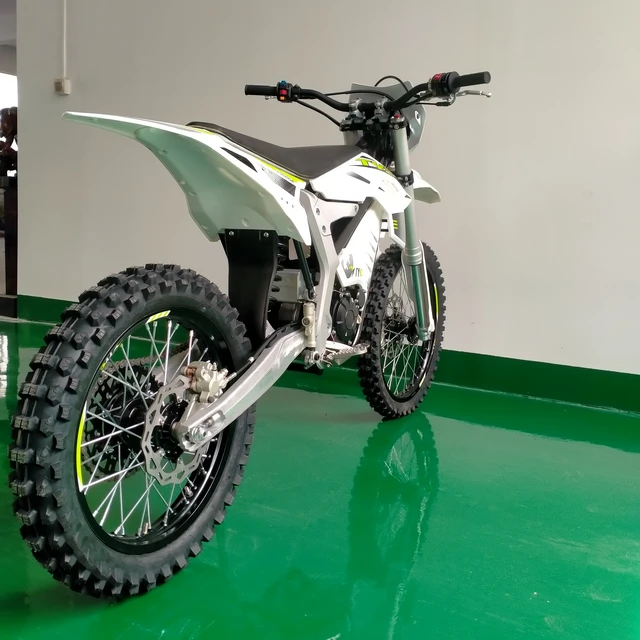Introduction
Motorcycle riding in cold weather can be a thrilling experience, but it also presents unique challenges in terms of maintaining warmth and comfort. As the wind chill factor increases, it becomes crucial to protect yourself from the cold to ensure a safe and enjoyable ride. In this guide, we will explore the essential gear and clothing options to keep you warm and protected during cold weather motorcycle rides.
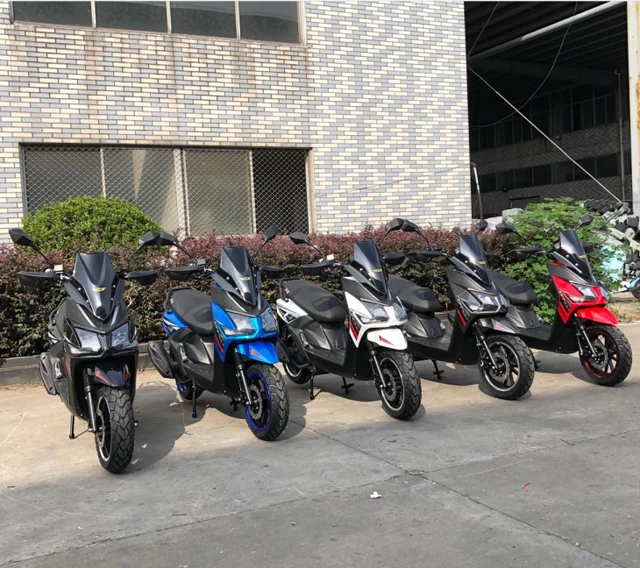
What do you wear on a motorcycle when its cold?
Layering for Insulation
1.1. Base Layers
Begin with a moisture-wicking base layer, such as thermal undergarments or long-sleeve shirts and pants made of materials like polyester or merino wool. These fabrics are designed to keep your skin dry by wicking away moisture, providing a warm and comfortable base for additional layers.
1.2. Mid-Layers
Add insulating mid-layers, such as fleece jackets or sweaters, to provide warmth and trap heat. Choose lightweight and breathable fabrics to prevent overheating and allow for a full range of motion while riding.
1.3. Outer Layers
Select a windproof and waterproof outer layer, such as a motorcycle-specific jacket and pants or a high-quality insulated riding suit. Look for features like adjustable cuffs, collars, and waistbands to seal out cold air and prevent heat loss. Ensure that the outer layers provide ample protection against wind and rain to keep you warm and dry on the road.
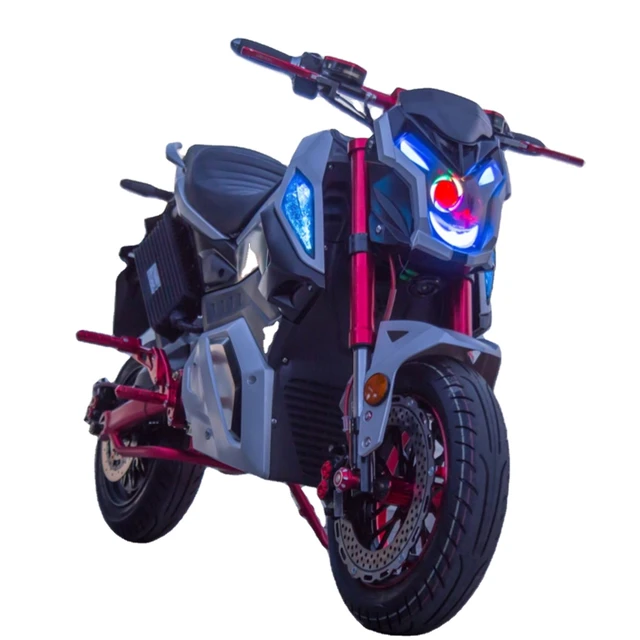
Protecting Extremities
2.1. Head and Neck
Wear a full-face helmet or opt for a balaclava or neck gaiter to cover your head and neck. These garments provide insulation and protect exposed skin from wind chill. Look for moisture-wicking and breathable materials to prevent sweating and discomfort.
2.2. Hands
Invest in insulated and waterproof motorcycle-specific gloves to keep your hands warm and protected. Look for gloves with thermal linings, adjustable closures, and reinforced palms for better grip and durability. Consider heated gloves if you frequently ride in extremely cold temperatures.
2.3. Feet
Wear thick, moisture-wicking socks made from materials like wool or synthetic blends. Consider layering with thin, moisture-wicking liner socks to provide extra insulation. Choose motorcycle-specific boots with good insulation, ankle support, and a non-slip sole to keep your feet warm and secure while riding.
Heat Retention Accessories
3.1. Electric Heated Gear
Consider investing in electric heated gear, such as heated vests, jackets, or pants. These garments are equipped with heating elements that can be powered by your motorcycle’s electrical system or portable battery packs. Electric heated gear provides targeted warmth and can be adjusted to suit your comfort level.
3.2. Hand and Foot Warmers
Disposable hand and foot warmers are inexpensive and can provide extra warmth during extremely cold rides. These compact packets can be placed inside your gloves or boots to generate heat for several hours. Keep a supply of hand and foot warmers handy for added comfort and convenience.
3.3. Windshield and Handguards
Installing a windshield or fairing on your motorcycle can help reduce wind chill by redirecting airflow. Similarly, handguards can protect your hands from cold winds and help retain heat. These accessories can make a significant difference in maintaining warmth during cold rides.
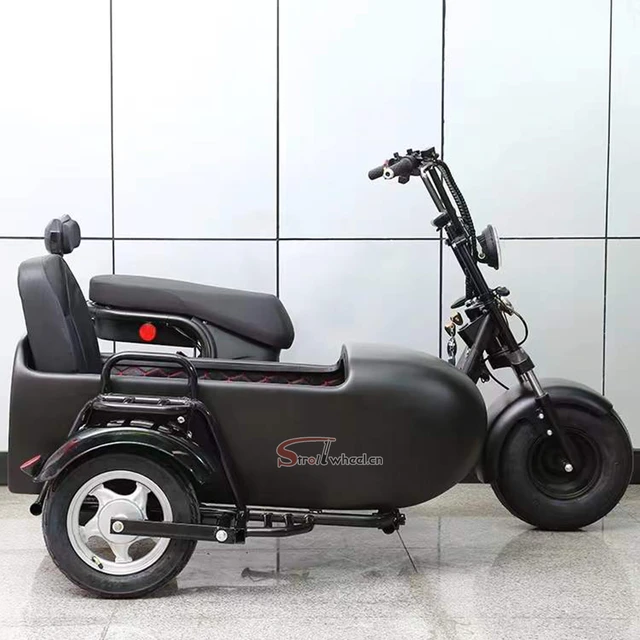
Additional Tips for Cold Weather Riding
4.1. Visibility and Safety
Ensure that your helmet visor is anti-fog or install an anti-fog insert to prevent condensation and maintain clear visibility. Consider using reflective gear or accessories to enhance your visibility to other motorists, especially in low-light conditions.
4.2. Neck and Face Protection
To protect your face from cold winds, consider wearing a face mask or a neck tube that can be pulled up to cover your chin and nose. This will help prevent windburn and maintain warmth in vulnerable areas.
4.3. Pre-Heating the Motorcycle
If possible, pre-heat your motorcycle engine before riding in cold weather. This will help warm up the bike faster and generate heat that can be transferred to your body. Consult your motorcycle’s owner manual for specific instructions on pre-heating and starting in cold conditions.
4.4. Take Breaks to Warm Up
Plan your ride with regular breaks to warm up and stretch. Take advantage of rest stops or designated warming areas along your route. This will give you an opportunity to escape the cold, warm up your body, and regain comfort before continuing your ride.
4.5. Stay Hydrated
Cold weather can sometimes make you overlook the importance of staying hydrated. Remember to drink water before, during, and after your ride to prevent dehydration and maintain overall well-being.
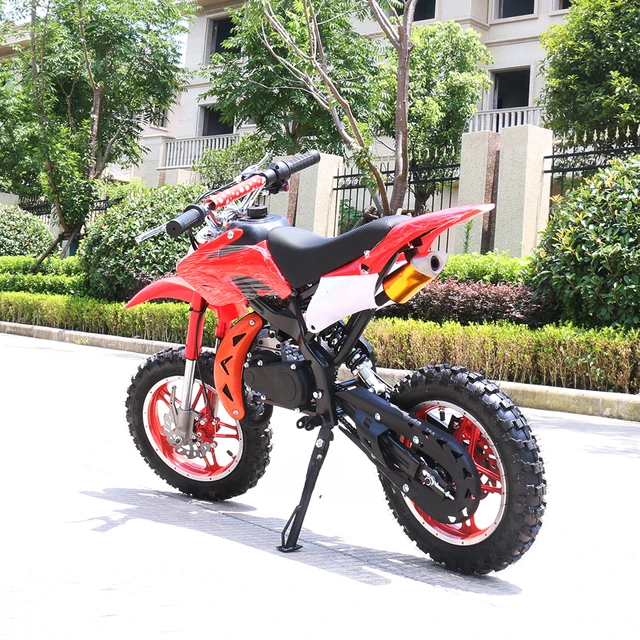
Emergency Preparedness
6.1. Pack Emergency Supplies
When venturing on cold weather motorcycle rides, it’s crucial to be prepared for unexpected situations. Carry a small emergency kit that includes essentials such as a first aid kit, emergency blanket, hand warmers, a flashlight, and a multi-tool. These items can provide comfort and assistance in case of accidents or breakdowns.
6.2. Plan Your Route and Inform Others
Before embarking on a cold weather ride, plan your route and inform a trusted friend or family member about your itinerary. Share details such as your estimated time of departure, planned destination, and expected return time. This way, someone will be aware of your intentions and can take necessary action if you encounter any difficulties.
6.3. Monitor Weather Conditions
Stay updated on weather forecasts and road conditions before and during your ride. Sudden changes in weather, such as snowstorms or icy roads, can significantly impact your safety. If conditions deteriorate, it may be necessary to alter your plans or postpone your ride to ensure your well-being.

Riding Techniques for Cold Weather
7.1. Adjust Your Riding Style
In cold weather, it’s important to adapt your riding style to the conditions. Reduce your speed and increase your following distance to allow for longer stopping distances on potentially icy or slippery roads. Smooth and controlled movements on the throttle, brakes, and steering will help maintain stability and prevent skidding.
7.2. Be Mindful of Frost and Ice
Watch out for areas prone to frost or ice accumulation, such as shaded areas, bridges, and overpasses. Approach these sections with caution and avoid sudden braking or sharp turns that could lead to loss of traction. Keep in mind that even small patches of ice can be hazardous.
7.3. Stay Alert and Focused
Cold weather can be mentally and physically demanding, so it’s essential to remain alert and focused on the road. Pay attention to changes in road conditions, traffic, and potential hazards. Stay vigilant and anticipate the actions of other road users, as their reactions may be affected by the weather as well.
Conclusion
Motorcycle riding in cold weather can be enjoyable and rewarding if you take the necessary precautions to stay warm and comfortable. Layering your clothing, investing in quality cold-weather gear, and protecting your extremities are essential for retaining body heat and warding off wind chill. Consider additional accessories like electric heated gear, hand and foot warmers, windshields, and handguards to enhance warmth and comfort. Prioritize visibility, safety, and hydration to ensure a safe and enjoyable ride. By following these tips and equipping yourself with the appropriate gear, you can confidently face the cold and continue to enjoy the freedom of motorcycle riding in any weather conditions.

